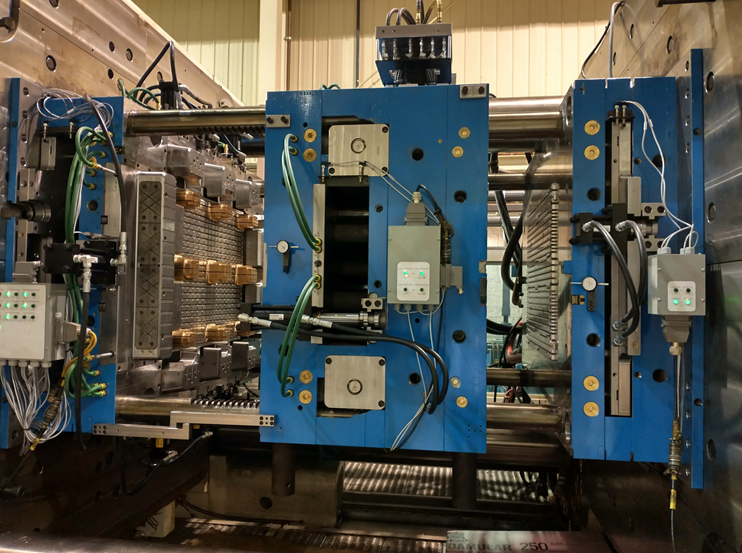دور مراقبة الجودة في المعالجة الثانوية للقالب
Quality control is an essential aspect of any manufacturing process, including mold secondary processing. Secondary processing refers to the various post-processing steps that are taken after the initial molding process. These steps can include finishing, trimming, polishing, painting, and more. Each of these steps has the potential to introduce defects or flaws that can compromise the quality of the finished product.
In order to ensure that the finished product meets the required quality standards, it is essential to implement a robust quality control process. This involves both inspection and testing at various stages of the secondary processing. Here are some key aspects of quality control in mold secondary processing:
Inspection of Raw Materials: The quality control process begins with the inspection of the raw materials used in the secondary processing. This can include examining the materials for defects or inconsistencies, verifying their dimensions and tolerances, and ensuring that they meet the required specifications.

Inspection During Secondary Processing: During the secondary processing, it is important to inspect the parts at various stages to detect any defects or issues that may have arisen. This can include visual inspection, measurement, and testing to ensure that the parts meet the required quality standards.
Testing of Finished Products: Once the secondary processing is complete, the finished products are tested to ensure that they meet the required specifications. This can include testing for strength, durability, and other performance metrics.
Documentation and Record-Keeping: It is important to document all aspects of the quality control process, including the inspection and testing results, as well as any corrective actions taken. This documentation can be used to track trends and identify areas for improvement.
Implementing a robust quality control process can help to ensure that the finished products meet the required quality standards and are free from defects. This can help to reduce the risk of product recalls, improve customer satisfaction, and ultimately, increase profitability. It is important to work with a mold secondary processing supplier that has a proven track record of implementing effective quality control processes to ensure that your products meet the required quality standards.
سابق:كيفية ضمان مراقبة جودة تشكيل الأجزاء البلاستيكية
التالي: كيف تلبي صناعة القوالب عالية الجودة في الصين احتياجات سوق سريع التطور
-
Exploring the World of Automotive Moulds: Design, Manufacturing, and Applications
2023-6-10
Automotive moulds play a significant role in the manufacturing of cars. A mould is a specialized tool used to shape molt...
عرض التفاصيل -
Efficient Plastic Injection Molding Machines for High-Quality Production
2023-5-4
Plastic injection molding is a manufacturing process that involves melting plastic pellets and injecting them into a mol...
عرض التفاصيل -
Aerospace Mold: Revolutionizing Aviation Manufacturing
2023-12-8
In the ever-evolving aviation industry, advancements in technology play a crucial role in pushing the boundaries of flig...
عرض التفاصيل -
Industrial plastic molds: the cornerstone of precision manufacturing
2024-8-19
In the modern industrial system, plastic molds, as the core tools for the production of plastic products, play an indisp...
عرض التفاصيل -
Streamlining the Manufacturing Process with Precision Electronics Mold Technology
2023-5-19
Manufacturing process technologies have reached their peak in recent years as companies strive to produce products effic...
عرض التفاصيل -
Unveiling the Hidden Dangers: The Rise of ‘Medical Mold
2023-7-12
In recent years, a new concern has been silently growing within the healthcare industry. It is a danger that is often un...
عرض التفاصيل







